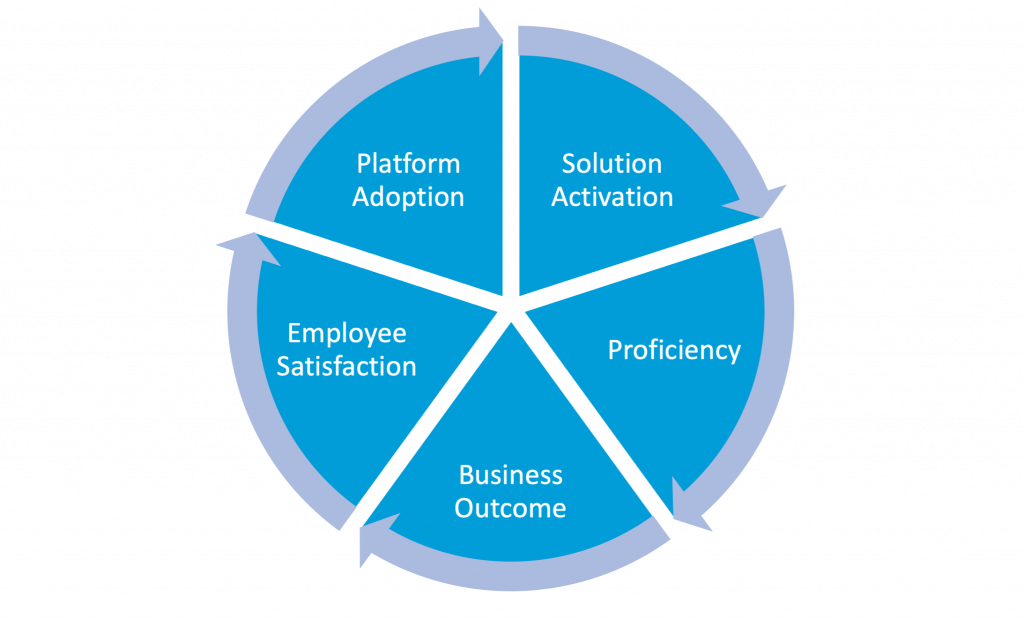Digital workspace initiatives in support of workforce resiliency and agility are expanding and maturing across many organizations. With this, stakeholders for such digital workspace technology projects now include business units, HR executives and information security leaders, each with their own set of objectives.
Managing digital workspace technology expectations of the extended stakeholders has a material impact on how the success of end-user computing projects are measured. In the past, EUC projects where commonly evaluated on the basis of financial and operational KPIs. For instance, an EUC project was considered successful if it was completed on time and within budget, had a positive impact on TCO and ensured compliance.
Today, the new range of digital workspace solution stakeholders expect EUC projects and their digital tools to be way more impactful, by enabling new ways of work that empower employees while keeping digital workspaces secure. Traditional KPIs coexist with emerging ones (such as end-user experience, collaboration and trusted secure access), which measure the impact of the EUC projects on the business, employees productivity and employee satisfaction. The importance of employee adoption KPIs has now increased to the point that the inability of documenting them may compromise the overall value derived from the project, even if other KPIs are on target.
We’ve engaged many customers to discuss their digital workspace journey, and the key success criteria highlighted by all of them is the ability to measure the impact of user adoption on business outcomes. This is not a singular metric, but a collection of measures from varied areas.
We have explored these key KPIs in our new whitepaper, which will help you measure, communicate and realize value of your EUC projects. These KPIs include:
- Solution Activation – Data on levels of activation can be gathered from the reporting capabilities embedded in the technologies being deployed, such as VMware Workspace ONE, or by standalone digital tools for monitoring. Solution activation indicates to which extent by the target user group has adopted your digital workspace solution.
- Employee Proficiency – Shows how well users take advantage of basic and advanced features of Workspace ONE, Intelligent Hub Services and our productivity applications.
- Business Outcomes – Determines whether the expected business outcomes – such as time to productivity, increased number of mobile or collaborative workflows, number of personal endpoint devices in use – have materialized.
- Employee Experience – Measures how Workspace ONE and its components have impacted the employees’ perception of the workplace, the workspace inclusiveness and whether employees feel more empowered to achieve their goals and grow their competencies.
- Platform Adoption – For example, mobile device management, app management and desktop virtualization might be rolled out first across different departments and user groups. Following this project, other organizations within the business look to adopt modern EUC management models for their notebooks too.

Employee Adoption Shortens the Time to Value Realization
If you are responsible of demonstrating the value of your organization’s EUC projects, don’t leave success to chance. Read “Realizing Value Through Employee Adoption” to learn about employee adoption KPIs that best align to the expectations of your stakeholders and how to meet such targets through a deliberate employee adoption strategy.








